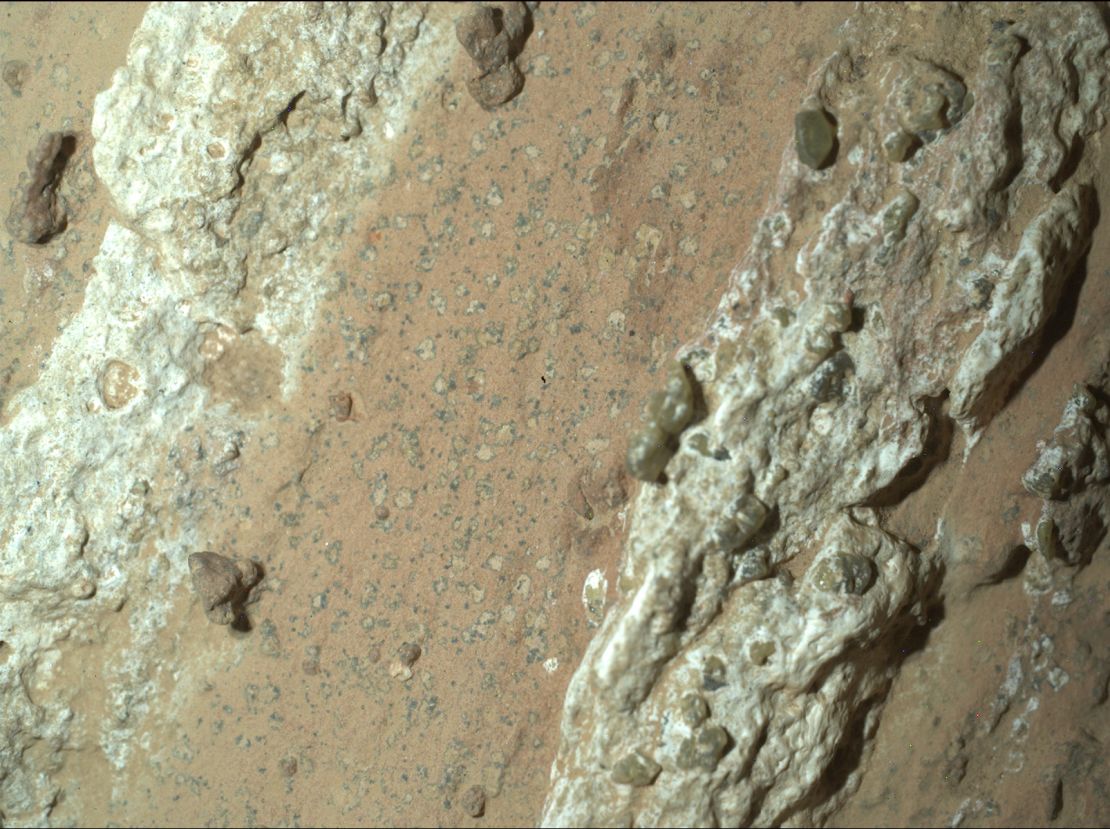Editor’s note: A version of this story appeared in CNN’s Wonder Theory science magazine. To get it in your inbox, register for free here.
CNN
–
Experimentation is at the heart of the scientific process – and at the heart of what it means to be human and to question the world around us.
Thousands of years ago, our ancestors produced the first star maps and practiced alchemy, a precursor to chemistry.
Even Sir Isaac Newton, who is considered the father of physics, was a passionate alchemist who wrote the recipe for the main ingredient needed to make the fictional philosopher’s stone. The stone was thought to turn any metal into silver or gold.
Alchemists in the 1700s wanted to consider alchemy a pseudoscience. But the ancient alchemists really invented the technology and discovered the elements of chemistry that are still widely used today.
Now, a new discovery links astrology and alchemy to another mysterious person who lived during the Renaissance.
Danish astronomer Tycho Brahe changed the way people understood the sky in the 1500s by observing a hurricane and suggesting that the moon revolved around the Earth – all before telescopes. .
But in the basement of his castle called Uraniborg, which included an observatory, the astrologer performed secret alchemical work for high royal clients. Little is known about Brahe’s work, apart from his commitment to producing medicinal herbs instead of gold.
Re-examination of glass jars from a ruined alchemy laboratory has revealed the ingredients Brahe used in his mysterious concoctions, including tungsten – which was not officially described until more than 180 years later his death.
NASA astronauts Butch Wilmore and Suni Williams have spent more than 50 days aboard the International Space Station after testing the first crewed mission of Boeing’s Starliner. And there is still no set date for the astronauts to return to Earth.
But NASA and Boeing are already involved in the “cause” of the spacecraft’s problems during its journey, including helium leaks and network problems.
Engineers have been conducting basic tests for weeks to replicate the errors, and further tests this week should reveal the issues in detail, said Mark Nappi, Boeing’s Human Resources Program manager.
Meanwhile, SpaceX has received approval to continue launching its Falcon 9 rocket, which has recently had trouble landing on a target during a normal flight. Once the Starliner mission completes, SpaceX will transport a quartet of astronauts for NASA’s Crew-9 mission to the space station.

Marine scientists have discovered a rare form of oxygen produced without photosynthesis at the bottom of the ocean – more than 13,000 meters below seawater – that could help unravel the origins of life.
When Andrew Sweetman, a professor at the Scottish Association of Marine Sciences, first noticed the unusual phenomenon in the Pacific Ocean a decade ago, he thought the sensor was faulty. No light can reach the bottom of the ocean, and no oxygen is known to be produced by coastal organisms.
But now, new research by Sweetman and his team suggests that “dark” oxygen could be produced by potato-sized metal nuggets that act as “geobatteries” in the deep environment. of the sea.
A camera strapped to an endangered shark captured the moment a boat hit the sea creature, and it may be some of the first footage to show how common boats are. how common is it to beat people who live in the sea.
Researchers do not know if the 23-meter-long shark that lives in the waters near the Blasket Islands, off the coast of Ireland, survived the battle. But the apparent escape left a large scratch and streaks of paint on the skin of the basking sharks.
Scientists are still trying to understand more about this species, which is among the largest fish in the world. The images were intended to shed more light on the shark’s eating habits as it feeds on the surface of the ocean with agape jaws.
Instead, the video highlights why basking sharks and other endangered species need protection.
Separately, cocaine has been found in sharks living off the coast of Brazil, and this is the first time the drug has been found in non-remedial sharks.

The Perseverance rover has found something that may indicate that Mars could have been home to microbial life in the past.
A robotic explorer is investigating a rock called Cheyava Falls. The rover used its instruments to analyze the rock and leopard spots and found chemical signatures and structures that may have been formed by life billions of years ago when water existed. on the red planet.
“These reasons are very surprising,” said David Flannery, an astronomer with the Perseverance science team. On Earth, these types of features in rocks are often associated with the fossil record of subterranean organisms.”
These new facts may surprise you:
– Komodo dragons, the world’s largest lizards, have metal-tipped teeth that stain their wings orange and help predators tear apart their prey, according to new research.
– The Chandra X-ray Observatory just celebrated a quarter of a year in space by releasing 25 never-before-seen bright images of the universe – but NASA budget cuts could end the mission prematurely.
— Not only people are capable of being embarrassed. Domestic chickens have been seen to blush to show fear or happiness, and researchers working on a farm in France have pictures of colorful pink chickens to prove it.
Like what you read? Oh, but there is more. Register here to receive in your inbox the next issue of Wonder Theory, brought to you by CNN Space and Science writers. Ashley Strickland and Katie Hunt. They find wonder in the planets beyond our solar system and their discoveries in the ancient world.
#Glass #panes #reveal #ruined #laboratory #Renaissance #alchemist #CNN

